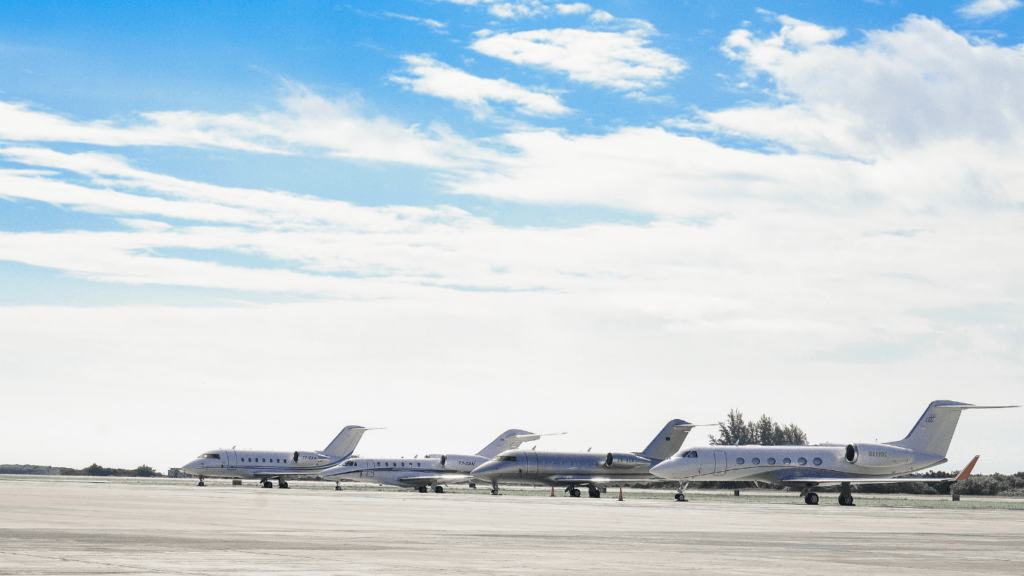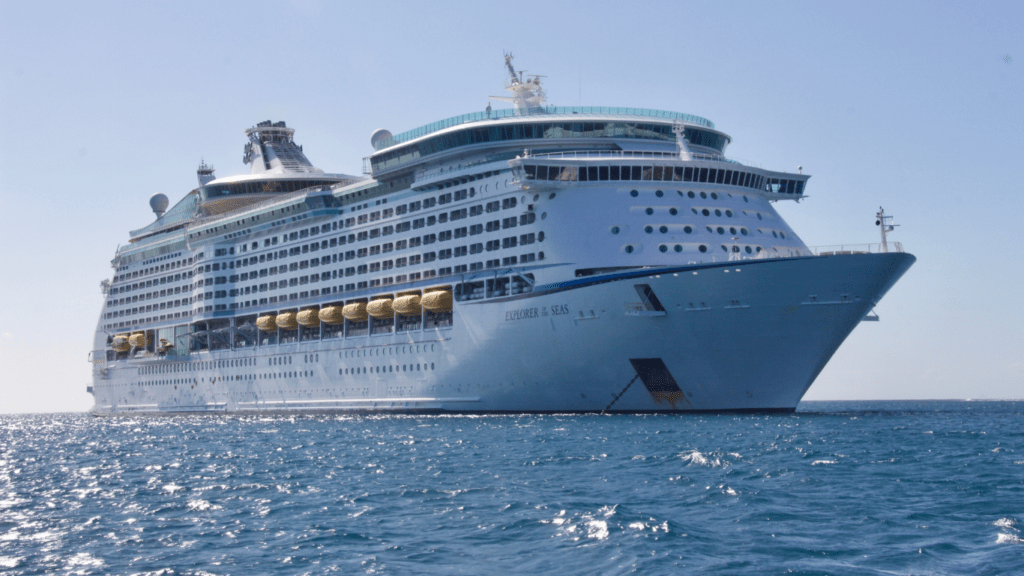The airline industry is buzzing with exciting changes that could transform the way we travel. New routes are opening up, connecting destinations that were once difficult to reach. As a travel enthusiast, I can’t help but feel thrilled about the possibilities these expansions bring.
Budget carriers are shaking things up, making air travel more accessible than ever. With competitive pricing and innovative services, they’re redefining our expectations. Plus, airlines are rolling out enticing travel perks that enhance the flying experience, making it more enjoyable for all of us.
Join me as I dive into the latest updates in the airline industry, exploring what’s new and what it means for our future travels.
Overview of Airline Industry Updates
The airline industry experiences continuous evolution, driven by the introduction of new routes, budget carriers, and attractive travel perks. Recent reports indicate a surge in airlines launching routes to destinations like Bora Bora and the Galapagos Islands, historically challenging to access.
These openings enhance connectivity and provide travelers with unique experiences. Budget carriers reshape the market significantly. Airlines like Spirit and Frontier offer lower fares, making air travel more affordable.
These carriers focus on adding value through optional services while maintaining competitive pricing. Recent data shows that budget airlines account for approximately 30% of all domestic travel in the U.S.
Travel perks also play a crucial role in attracting passengers. Major airlines now offer benefits such as free checked bags, priority boarding, and lounge access for loyal customers. Loyalty programs provide miles and points, encouraging frequent travel. According to a recent survey, about 67% of travelers prioritize airlines that offer appealing rewards.
Together, these updates shape the airline landscape, enhancing the travel experience while making flying more accessible.
New Routes in the Airline Industry
New routes continue to transform the airline industry, increasing connectivity and expanding travel options. Recent developments focus on both domestic and international markets.
Domestic Route Expansions
Domestic airlines are ramping up route offerings to meet growing demand. For instance, Southwest Airlines now operates non-stop flights from Chicago to Boise, providing easier access to outdoor adventures in Idaho.
Delta Air Lines added routes connecting Nashville to Palm Springs, catering to leisure travelers seeking warm weather escapes. Alaska Airlines expanded its network with direct flights between Seattle and Raleigh/Durham, linking the Pacific Northwest to the East Coast.
With domestic budget carriers increasing their networks, more travelers can explore previously underserved cities, helping to grow tourism and local economies.
International Route Additions
Internationally, airlines are making significant strides in expanding their global reach. American Airlines recently inaugurated a direct flight from Dallas to Dubrovnik, promoting tourism in Croatia.
United Airlines launched services between Newark and Cape Town, establishing a much-needed link between the U.S. and South Africa. JetBlue plans to begin flights between Boston and London, enhancing competition on transatlantic routes.
These new international routes enable travelers to explore diverse cultures and experiences while increasing market competition, benefiting travelers with more options and competitive pricing.
The Rise of Budget Carriers
Budget carriers continue to gain momentum in the airline industry, enhancing travel accessibility with their low-cost options. The impact of these airlines fundamentally shifts how consumers approach air travel.
Popular Budget Airlines
Notable budget airlines like Spirit, Frontier, and Ryanair dominate the market by providing affordable fares and optional services.
- Spirit Airlines: Offers unbundled fare structures, allowing travelers to pay only for what they need.
- Frontier Airlines: Provides budget-friendly tickets, frequently promoting flash sales and discounts.
- Ryanair: Known for its extensive European network, it prioritizes low prices, charging for extras to keep base fares low.
- Allegiant Air: Focuses on connecting small cities to popular vacation destinations with minimal overhead costs.
These airlines collectively account for approximately 30% of all domestic air travel in the U.S., illustrating their growing significance in the market.
Impact on Traditional Carriers
Traditional carriers face pressure from budget airlines, prompting significant changes in their business models.
- Lower Fares: Major airlines respond by introducing competitive pricing to retain passengers.
- Improved Services: Many traditional airlines enhance their onboard experiences, including improved meal options and upgraded seating.
- Bundled Options: Airlines like American Airlines and Delta offer bundled services that provide value, such as inclusive checked baggage and in-flight entertainment.
- Loyalty Programs: Increased emphasis on rewarding frequent flyers aims to maintain loyalty in a price-sensitive market.
The competition introduced by budget carriers encourages innovation among traditional airlines, ultimately benefiting consumers with better choices and value.
Travel Perks and Customer Experience
Airlines are increasingly focused on enhancing customer experience through various travel perks. These improvements not only attract travelers but also foster loyalty among frequent flyers.
Loyalty Programs and Bonuses
Loyalty programs increasingly emphasize customer engagement and retention. Major airlines like Delta and United offer tier-based rewards, incentivizing travelers with significant bonuses. For instance, frequent flyers can earn miles that convert into free flights or upgrades.
Research shows approximately 70% of passengers prefer airlines with robust loyalty programs, so competitive offerings are crucial. Southwest’s Rapid Rewards program stands out, enabling customers to earn points for every dollar spent, making it easier for them to redeem rewards on future flights.
Moreover, several airlines provide sign-up bonuses ranging from 10,000 to 50,000 miles, sweetening the deal for new members.
In-Flight Amenities and Services
In-flight amenities play a vital role in enhancing the travel experience. Airlines like Qatar Airways and Singapore Airlines invest heavily in onboard services, including gourmet meal options and spacious seating.
For example, premium economy passengers on Singapore Airlines enjoy extra legroom and enhanced meal selections, worth noting for travelers seeking comfort. Additionally, in-flight entertainment systems are becoming more advanced, offering a variety of movies, music, and games.
Wi-Fi access is now commonly available on many airlines, with prices ranging from $5 to $30 depending on duration. Many budget carriers, while lacking extensive amenities, now offer optional services such as snack purchases and extra legroom to improve overall customer satisfaction.




